

Damion Smy
Nissan Juke EV will use Leaf platform, due in 2026 - report
13 Hours Ago
They're just twins with slightly different levels of luxury right? Not entirely. Here's where they diverge.

Senior Contributor


Senior Contributor
Lexus has now revealed its luxury take on the Toyota LandCruiser 300, again called the LX, also known as Japan’s Range Rover.
So we thought to bring you a quick piece detailing some key differences between the new Lexus and its more humble sibling.
The new LandCruiser is launching about now, with demonstrators in dealers, whereas the Lexus will hit the market during 2022 – with the company offering nothing more specific than that.
They’re mechanical twins, but the Lexus naturally skews to a wealthier buyer. Not that either would sniff twice at lugging a caravan or float.
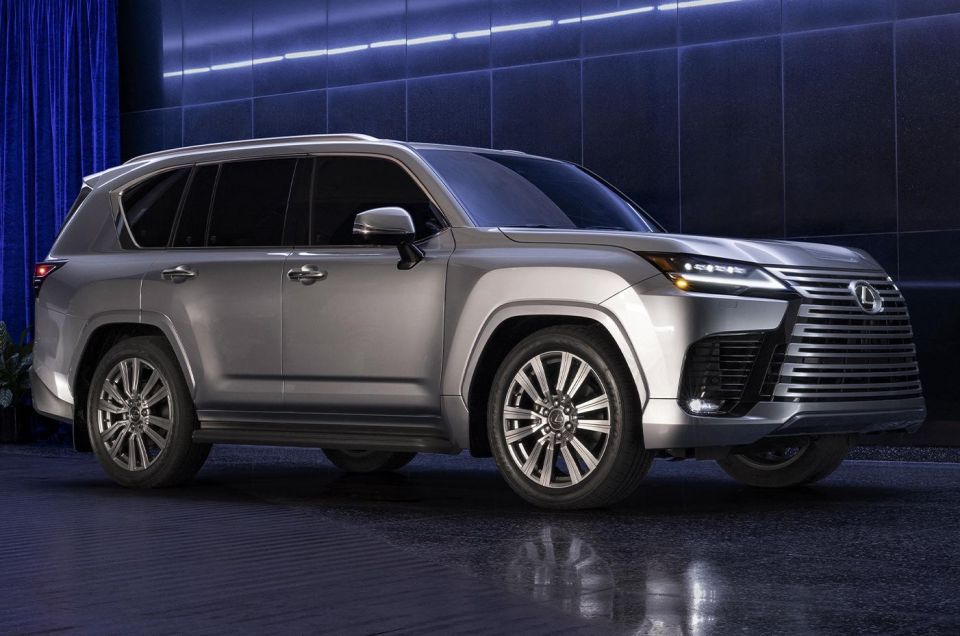

If you thought the Toyota’s grille was a whopper (shown in Sahara form above, its most ostentatious), the Lexus’s latest iteration of its signature design takes it to another level.
The pair also offer different headlight and running light designs, different front bumpers (the LandCruiser has a few different designs depending on the spec you choose), and wheels – maxing out at 22 inches for the Lexus against 20-inch for the Toyota.

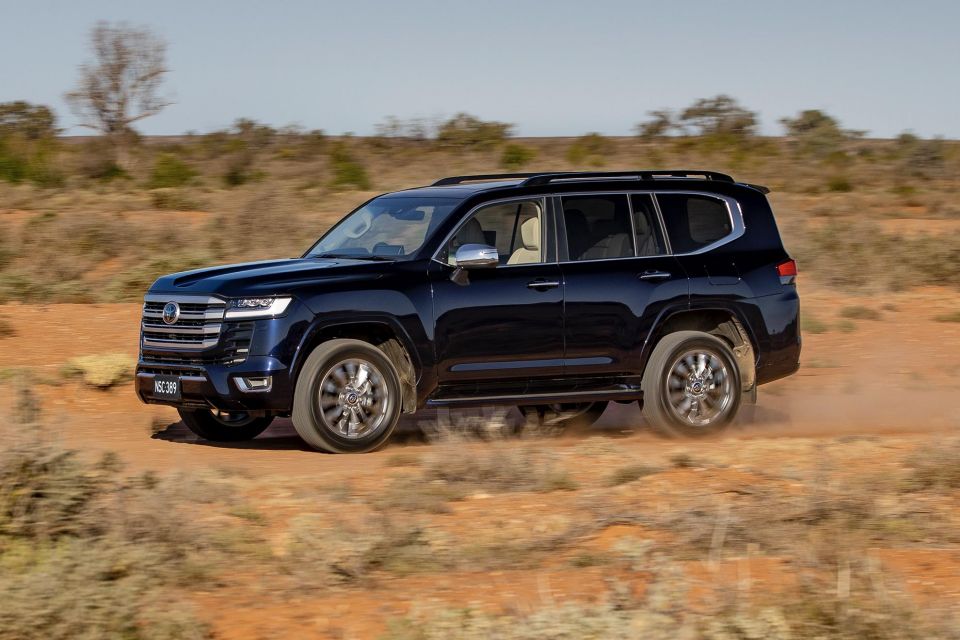
The bonnet has the same centre sculpting and it’s spot-the-difference when it comes to the wheel arches and doors, but the rear-side windows and D-pillars are different shapes and the Lexus has brasher chrome detailing.
There are more obvious differences at the rear, with the Lexus sporting a full-width tail light bar above rather nice lettering – mirroring the brand new, smaller NX SUV – different stamping for the tailgate, and new bumpers.
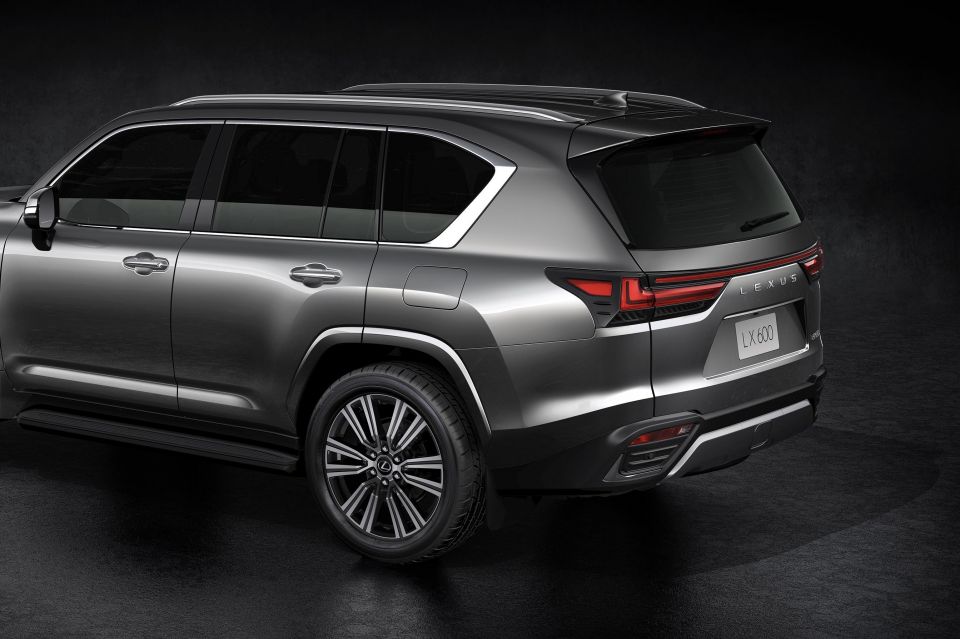
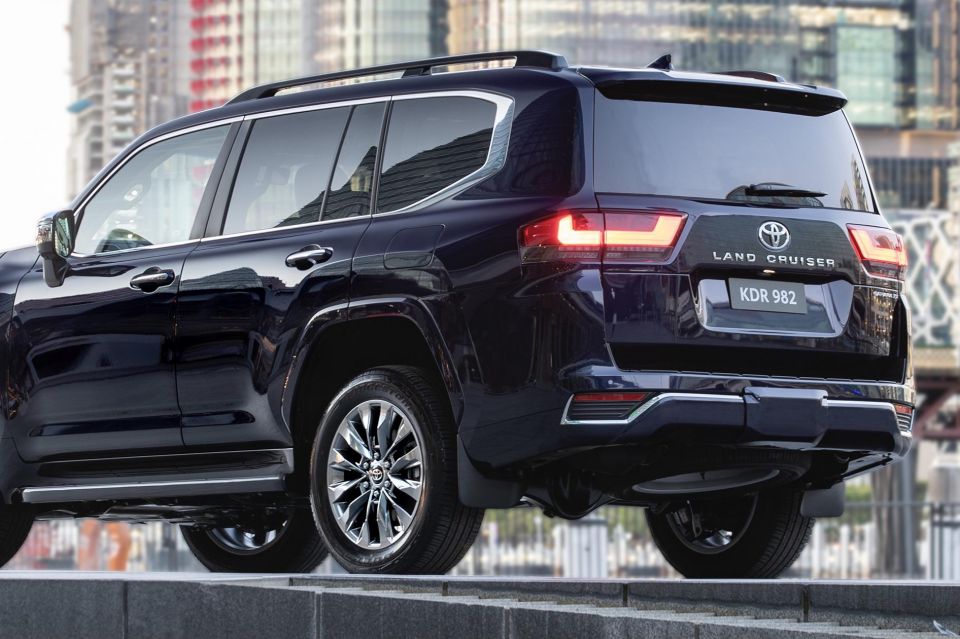
Lexus doesn’t advertise its off-road credentials nearly as much as the Toyota. Emblematic of this, the brand-new LX F Sport grade looks more on-road focused than the base version whereas the also-new LandCruiser GR Sport halo is more off-road-ready than other LC300s.
You can’t underestimate the impact of paint, with the Lexus likely to come with deeper, high-gloss finishes at least as an option.
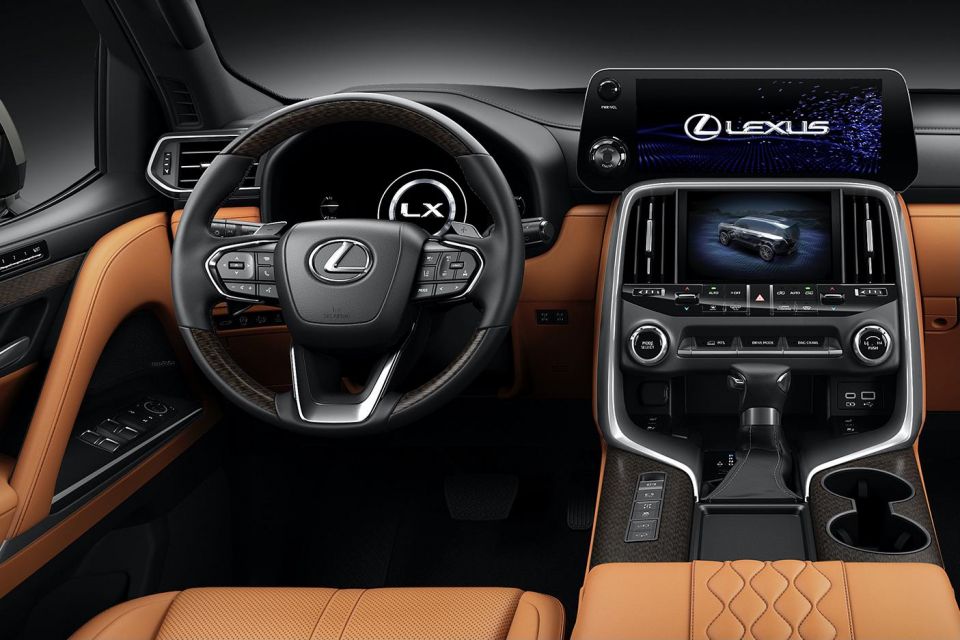
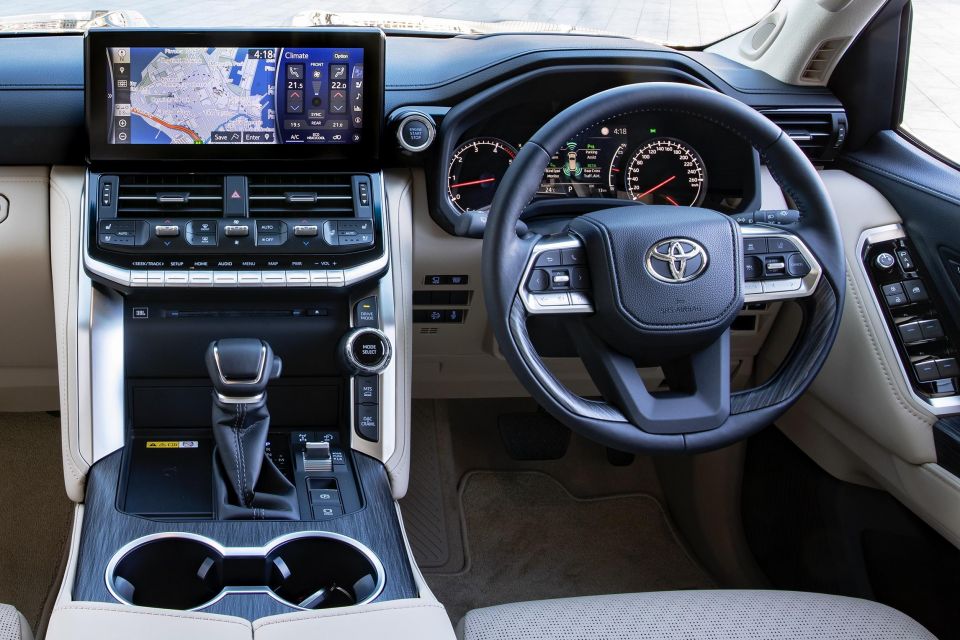
Now here, we find some bigger differences: the LandCruiser is all about practicality and purpose, while the Lexus has a more sophisticated setup: fewer buttons, more screens, more expensive materials.
The LX’s centre fascia features a high-mounted 12.3-inch upper touchscreen (same size as the LandCruiser’s) for navigation, audio control, and the surround-view monitor.
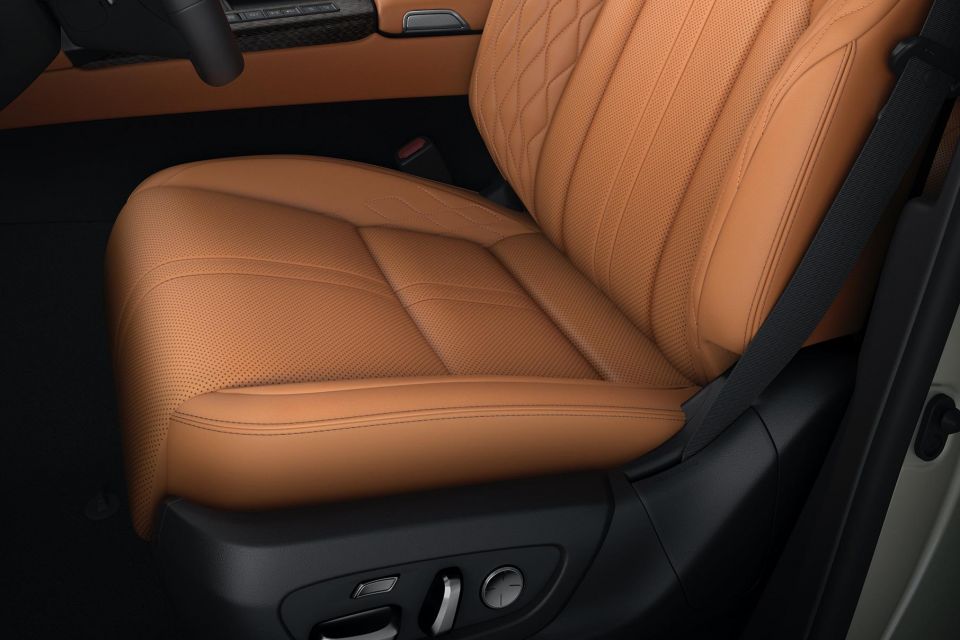
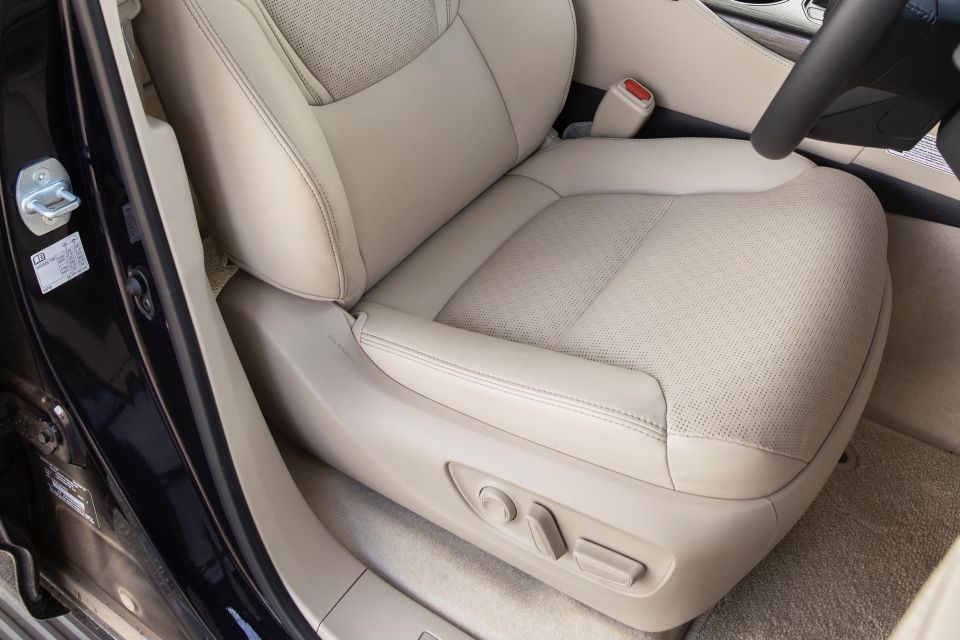
But its unique lower 7.0-inch touch display shows the climate control screen and multi-terrain driving programs. Both the Toyota and Lexus use the same rotary dial for driving mode selection, but the Toyota has a rocker switch for four-wheel drive mode adjustments.
The system uses a new voice control system that responds to “Hey Lexus” prompts, and at last picks up Apple CarPlay and Android Auto. Both vehicles have an automated emergency call function while Lexus adds connected map updates.

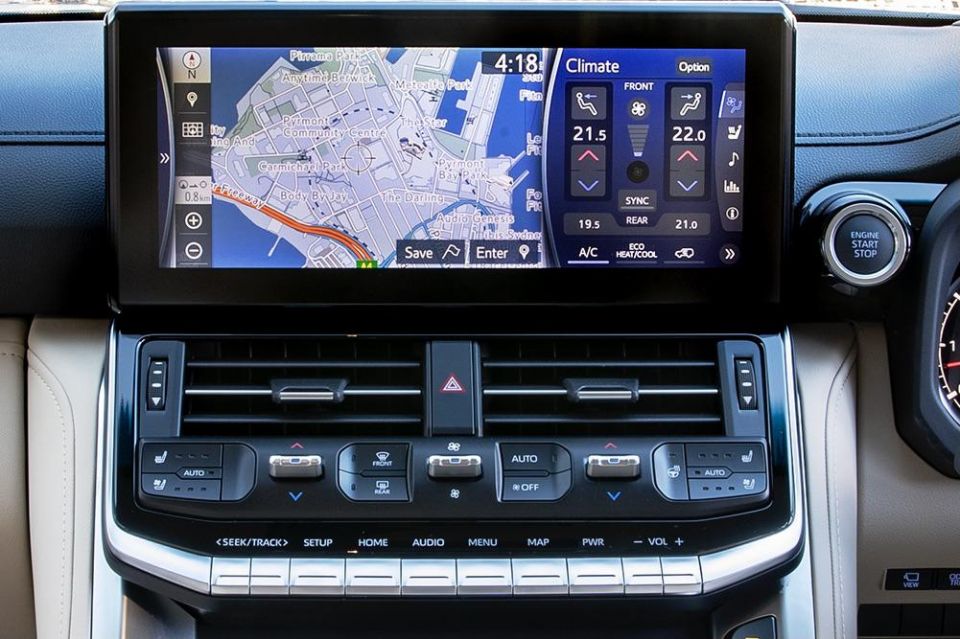
Another Lexus first is fingerprint authentication through a sensor installed in the centre of the ignition button. The engine will not start unless the fingerprint matches the details supplied for the vehicle, the company says.
Other interesting tech includes Lexus’ trick BladeScan adaptive headlights, while both vehicles offer a function in the active cruise control that is able to decelerate ahead of tight curves.
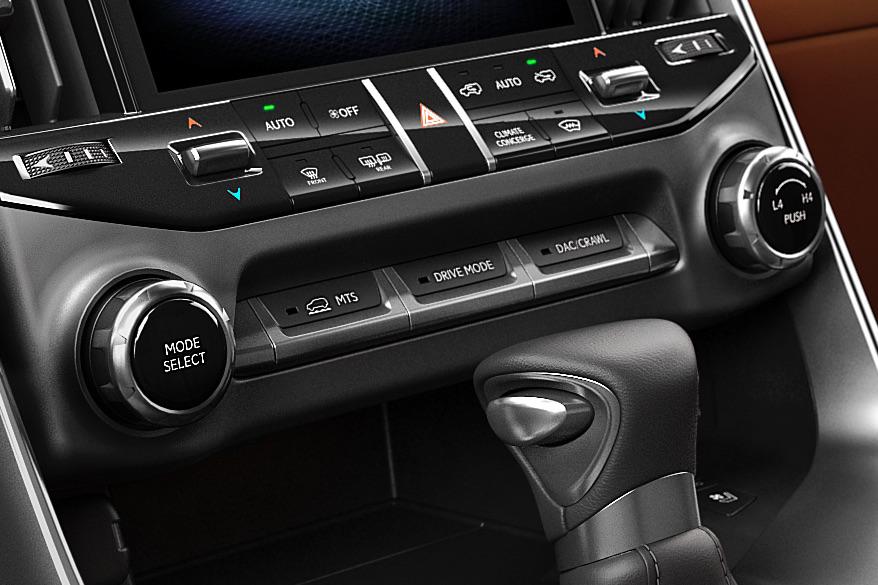
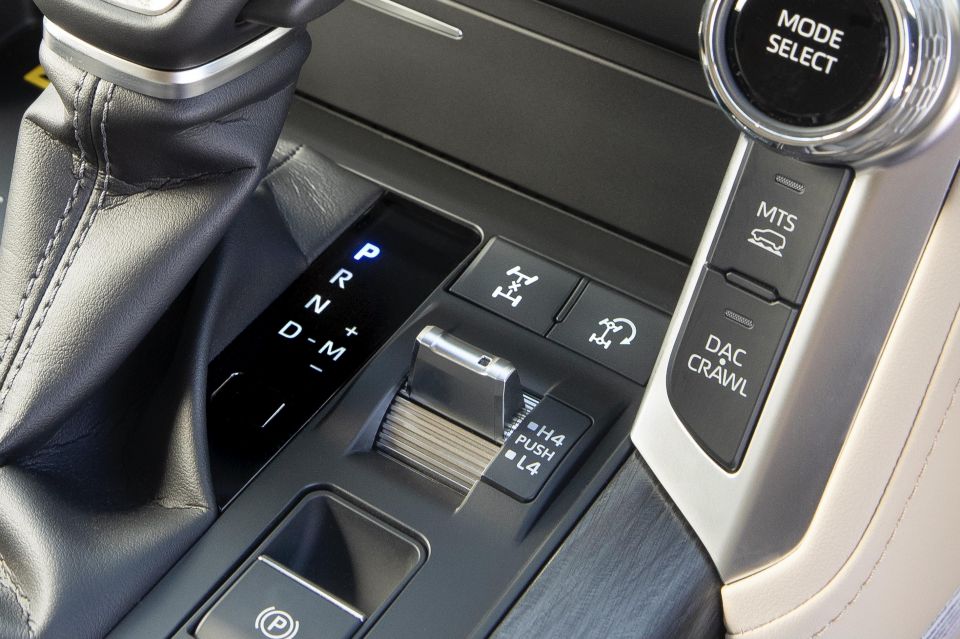
The LX also comes available with a Mark Levinson surround sound system with 25 speakers – the highest number ever in a Lexus – including a subwoofer that utilises the body frame. The LandCruiser’s top system is a 14-speaker setup by JBL.
For rear occupants, the Lexus now comes with a limo-like VIP grade with temperature-controlled captain’s chairs and large touchscreen displays. There’s also a more conventional seven-seat cabin layout for either engine variant.

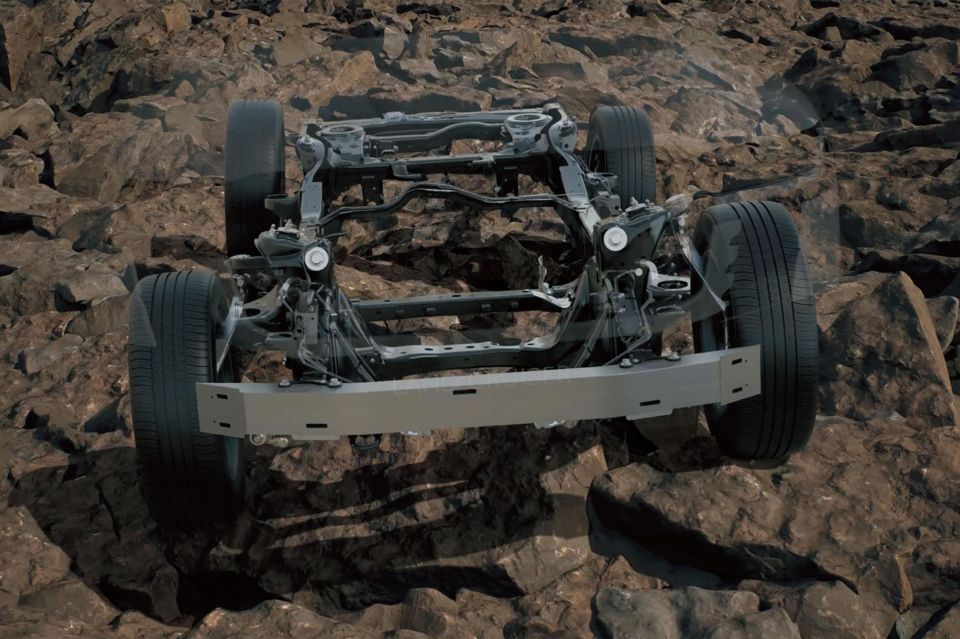
Globally this pair offer the same engines: a 3.3-litre twin-turbo V6 diesel with 227kW and 700Nm, and a 3.5-litre twin-turbo V6 petrol with 305kW and 650Nm with 10-speed automatics. A hybrid based on this one is expected to arrive soon.
The LandCruiser only comes in diesel form in Australia. Lexus says it is still evaluating its local range, though the outgoing LX has been sold in both petrol and diesel form for the past few years.
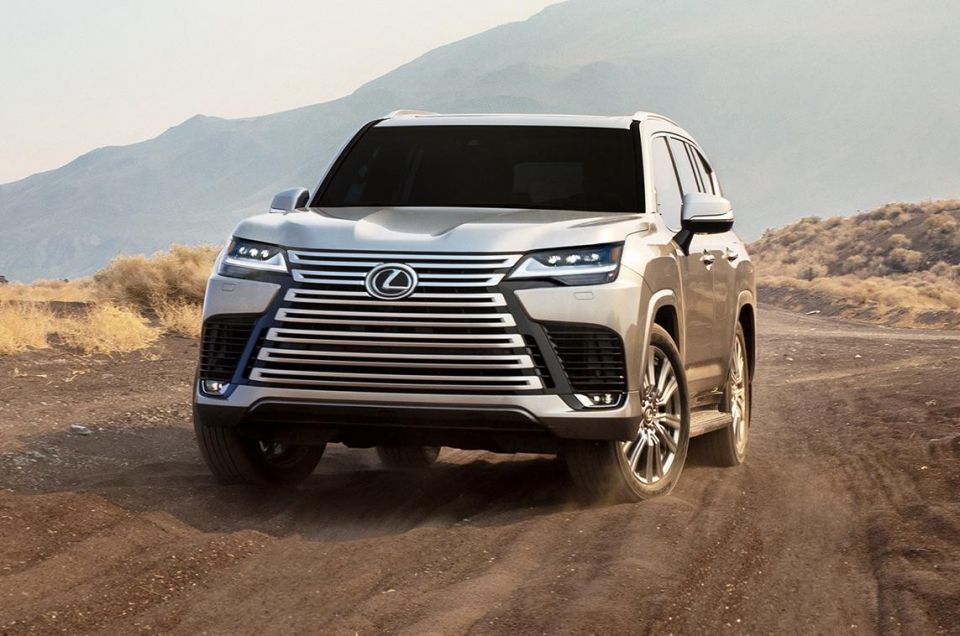
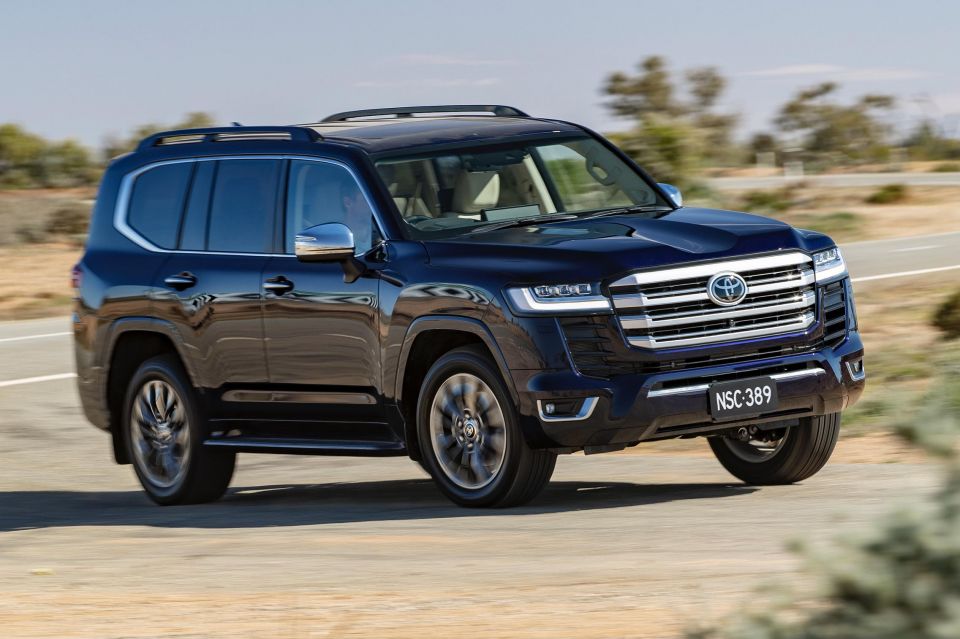
Both vehicles are based on the same body-on-frame platform shared in large part with the new Toyota Tundra pickup. The 2850mm wheelbase is carried over but everything else is new, and the overall product is billed as far lighter yet stiffer than before.
Both the Lexus and Toyota body shells contain lighter aluminium for the bonnet, roof, doors and tailgate.
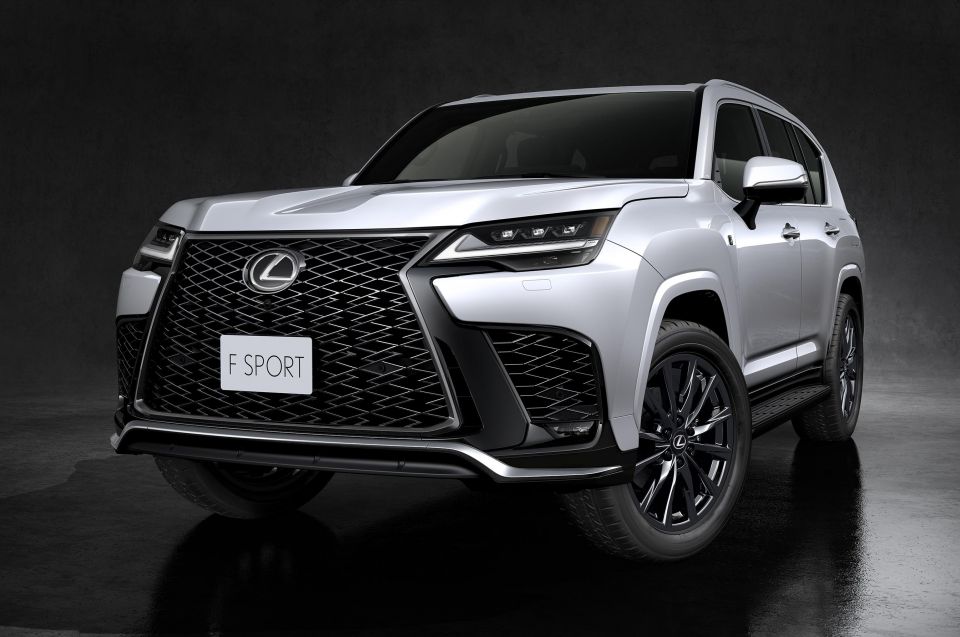
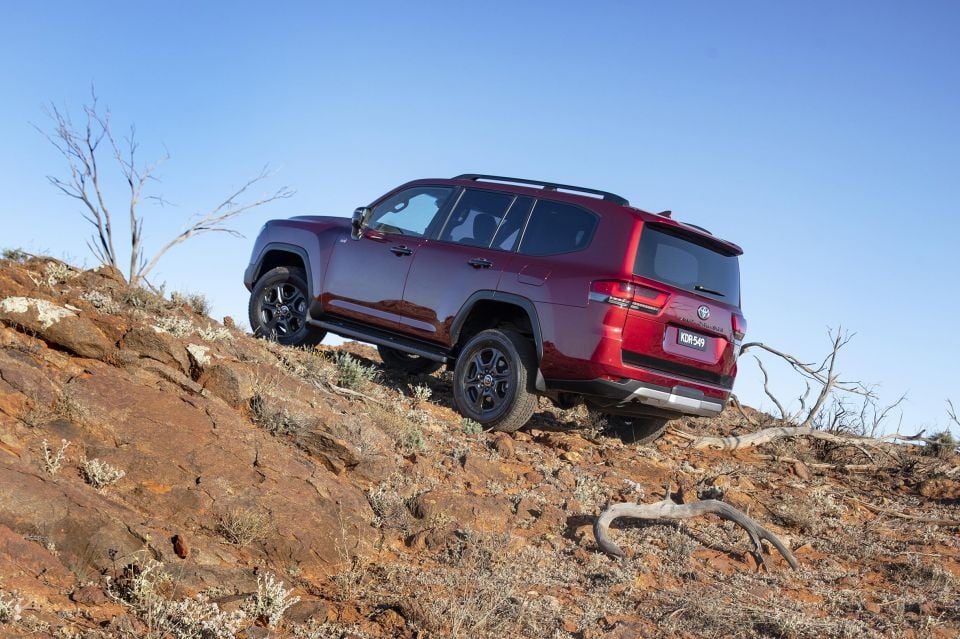
Both vehicles use double-wishbone front and four-link rear suspension, adaptive variable suspension, downhill crawl control, surface-specific traction modes that work in low- and high-range, and diff lockers at both ends.
The Lexus uses an electric power steering system though, whereas the ‘Cruiser’s rack-and-pinion steering combines meaty hydraulic power assistance an electric steering actuator that lets the active lane-keeping aid function.
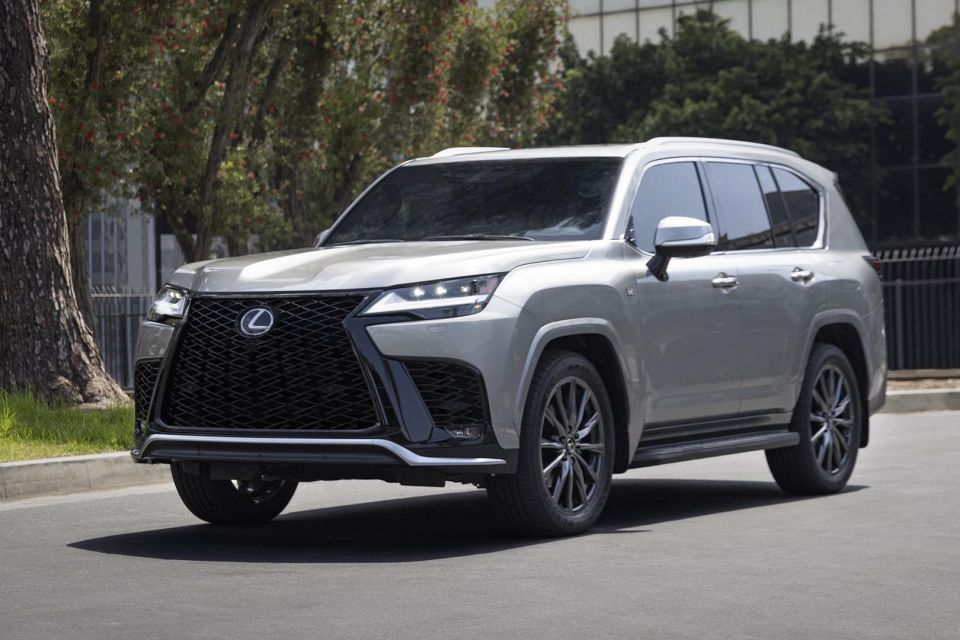
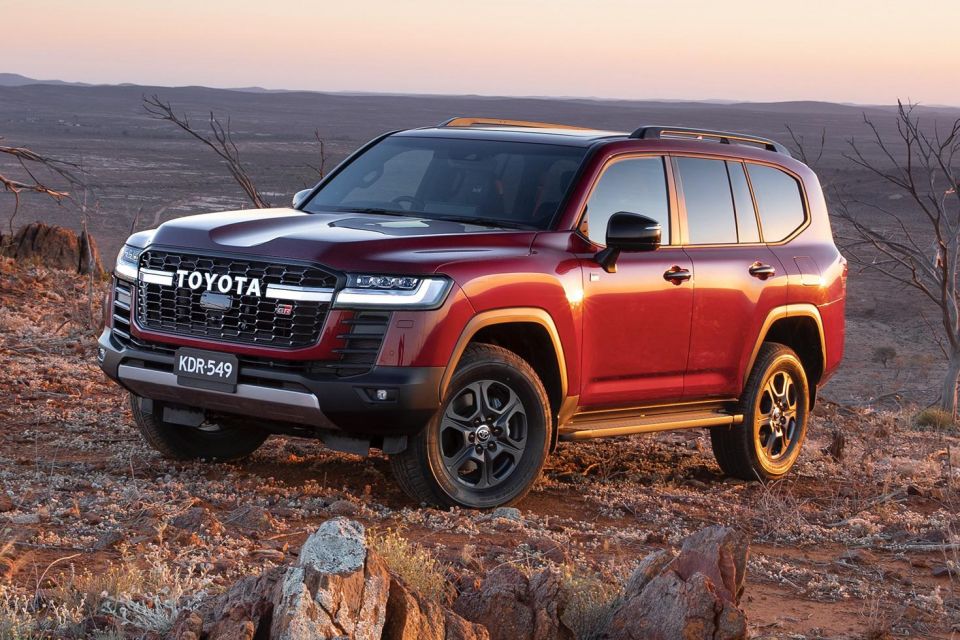
The main differences are specific to certain grades: the LandCruiser Sahara ZX has a rear torsen limited-slip differential (LSD) while the LandCruiser GR Sport has disconnecting anti-roll bars.
A new LX F Sport variant uses a torsen LSD too, but adds performance dampers, a different steering tune, and forged alloy wheels.
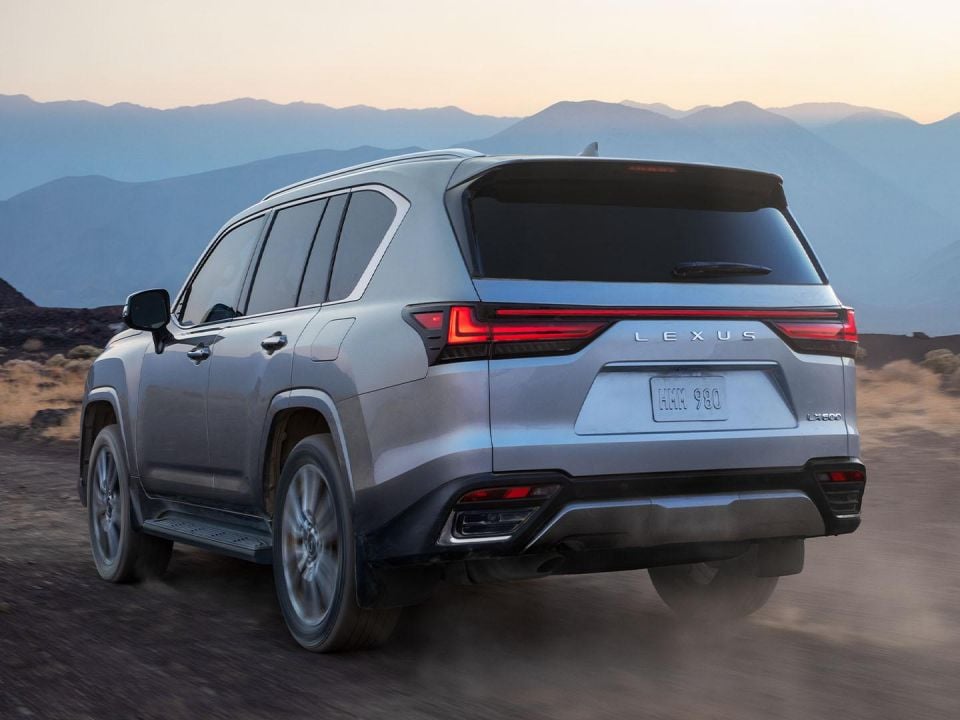
Toyota offers a five-year warranty, and 10 capped-price services. But Lexus stands apart with its Encore aftersales program.
If you spend the big bucks on a Lexus you get guaranteed service loan cars or car pickup, free access to various valet service, and invites to brand events.
Share your thoughts with us in the comments below!
Share your thoughts and write a review of a car you own and get featured on CarExpert.


Damion Smy
13 Hours Ago


Damion Smy
16 Hours Ago


Damion Smy
20 Hours Ago


Damion Smy
22 Hours Ago


Damion Smy
22 Hours Ago


Damion Smy
23 Hours Ago